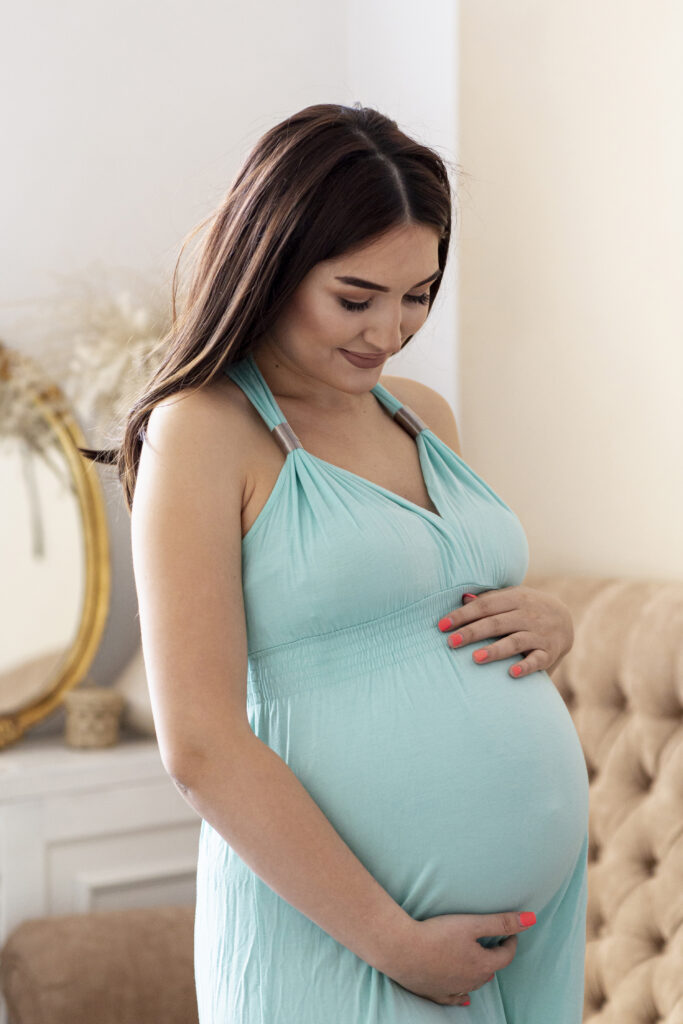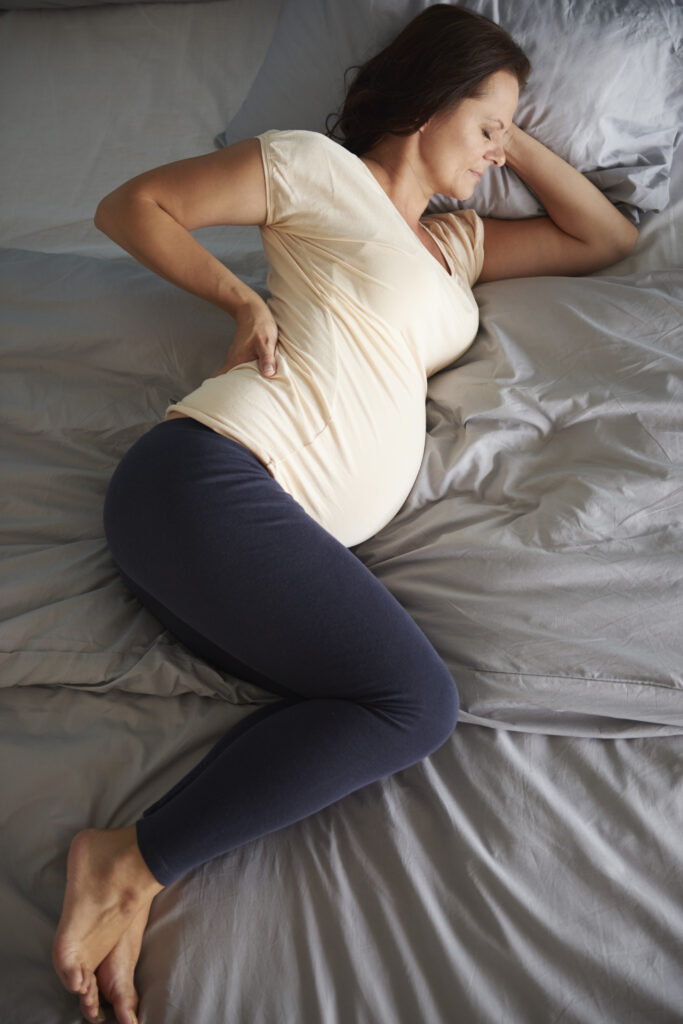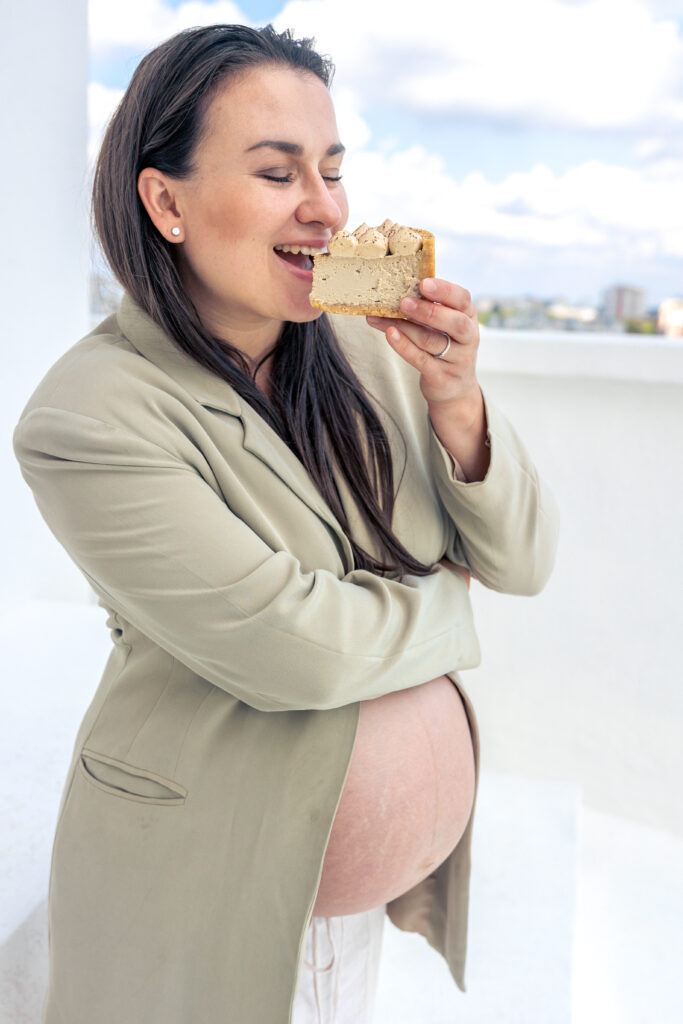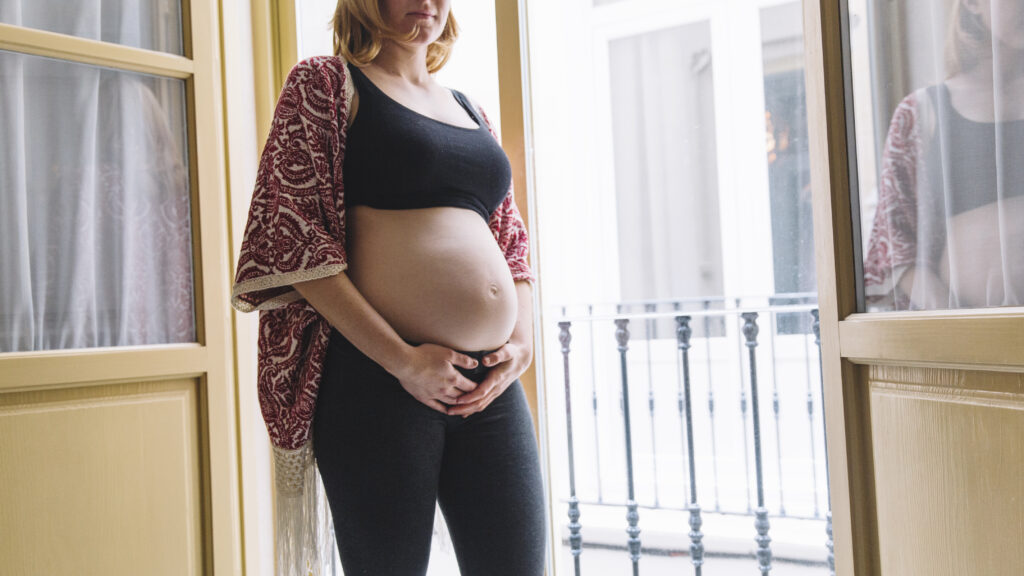Pregnancy myths about predicting the baby’s gender are quite common and often passed down through generations. Here are some popular myths related to guessing whether you’re having a girl or a boy:
Myths Suggesting You’re Having a Girl
- High Bump: It’s said that carrying high means you’re having a girl.

- Severe Morning Sickness: Some believe that intense nausea is a sign of a girl due to higher hormone levels.

- Craving Sweets: If you’re reaching for chocolates, desserts, or fruit, it’s thought to indicate a girl.

- Faster Heartbeat: A baby’s heartbeat over 140 beats per minute is often said to mean you’re having a girl.
- Skin Changes: Experiencing acne or dull skin? There’s a myth that girls “steal your beauty.”
- Mood Swings: Extreme emotional fluctuations are sometimes linked to expecting a girl.
Myths Suggesting You’re Having a Boy
- Low Bump: Carrying low is believed to mean you’re expecting a boy.

- No Morning Sickness: Some say milder nausea means it’s a boy.
- Craving Salty or Sour Foods: Preferring chips, pickles, or meats is thought to be a sign of a boy.

- Dry Skin and Cold Feet: It’s believed that boys cause drier skin and make your feet colder than usual.
- Belly Shape: A round and wide belly is said to be a girl, while a narrow, basketball-like bump means a boy.
- Less Moodiness: Fewer mood swings supposedly indicate a boy.
The Reality
While these myths are fun to guess and share with friends and family, they are not backed by science. The most accurate way to determine a baby’s gender is through an ultrasound (usually around 18-20 weeks) or genetic testing.
Would you like to add personal anecdotes, cultural beliefs, or even a fun “boy or girl” quiz for your readers? Let me know how you’d like to shape the post!
